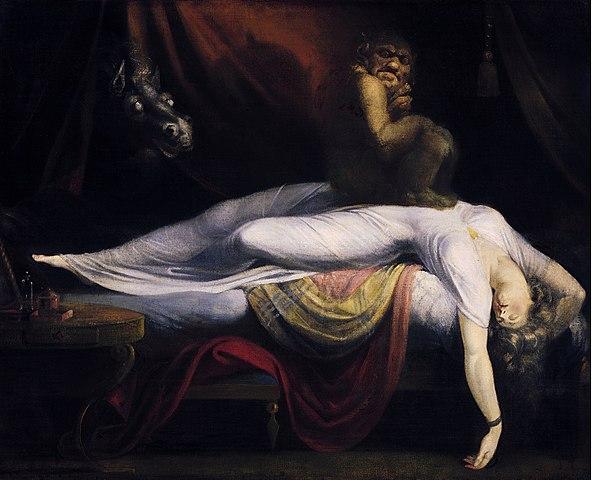As a faithful reader will recognize, I am of an age when, in the words of Billy Crystal, “we pee in Morse Code.” One of the companion symptoms is nocturia, medically defined as getting up at night to urinate and sleeping both before and after. (Urinating while sleeping is an entirely different matter.) And while nocturia is known to affect about 20% of the seniors of both genders, less is known about its effect on younger individuals, the ones we might call the working wounded.
Rand Europe was engaged by a pharmaceutical company to study the problem; [1] making use of two data registries involving about 100,000 individuals in self-reported surveys over two years. They looked at the frequency of nocturia, that is how many times a night one has to get up, along with the usual demographics. To contribute an economic analysis they also inquired into work productivity and engagement. Because occasionally getting up at night is something we all face, the researchers cut-off was 2 or more episodes a night, a frequency of nocturia that begins to be a clinical concern.
The first myth dispelled is nocturia as a disease of old men. Roughly 10% of individuals age 45 to 65, again of both genders, have symptomatic nocturia. Here are the “duh” findings - information we already know or can readily assume.
- “Bothersomeness” [2] increases with the frequency of episodes.
- The frequency of episodes increases with age and by logic so does the “bothersomeness.”
- Nocturia, like age, is associated with several chronic diseases, including those that directly affect urination like kidney disease or diseases treated with diuretics, medications that increase urine volume.
- Nocturia is associated with increased sleeping disturbances and its daytime companion, fatigue.
So far, so good. But when we get to life satisfaction, work engagement and productivity the executive summary becomes a bit unbalanced. So, I’ll report you decide.
Individuals with 2 or more episodes of nocturia have a 2% lower life satisfaction comparable with hypertension
But that 2% is first of all negligible and is nothing compared to a 30% decrease in life satisfaction from psychologic distress or 15% due to financial worries.
Individuals with 2 or more episodes of nocturia have a 1.3% lower engagement with work.
But of the nine attitudes asked by this “instrument” only one, “At my work, I feel bursting with energy” seems germane, especially when another attitude is “My job inspires me.” The difference is again negligible – psychologic distress and financial worries are far more significant impairments to work engagement. And for those who read charts, smoking increases work engagement by 3%.
Individuals with 2 or more episodes of nocturia have seven more days of lost productivity comparable to asthma.
Productivity is lost by absenteeism and by presenteeism – a new term for me. Presenteeism is being less productive at work; after all, why waste a perfectly good sick day being sick. From the loss of productivity, it is a short mathmagical step to the cost, in the US $44 billion. But despite the quantitative halo of numbers remember it is based on self-reported feelings making it at best an estimate, at worse a guess.
The executive summary framed the context – more misdirection than a falsehood. The actual context was easily found in the body of the actual report, but how many read 80-page reports? The effort to show a disease or symptoms importance hasn’t changed from medical school; where every first-year lecturer explained why their topic was the most important, “After all, without skin, your parts would fall out,” or “The brain is the most important organ.” (For those inclined to that belief, remember who is telling you that. A clear conflict of interest.)
Ask yourself, which of the offered societal ills, the effect of nocturia on our happiness or productivity makes the problem more real or warranting concern? In the UK, new drugs enter the marketplace when they have demonstrated cost-benefit ratios. The Rand report shines a bit of light on an often neglected symptom.
[1] Yes, the company makes drugs for the treatment of prostate issues, especially cancer so you can draw whatever conflict of interest conclusions you wish.
[2] The researchers employed a bother scale where 1 (‘not at all bothered’) to 5 (‘extremely bothered’) – study participants with 2 or more episodes were in the range of 2 to 3 on that scale.
Source: How frequent night-time bathroom visits can negatively impact sleep, wellbeing, and productivity Rand Europe




